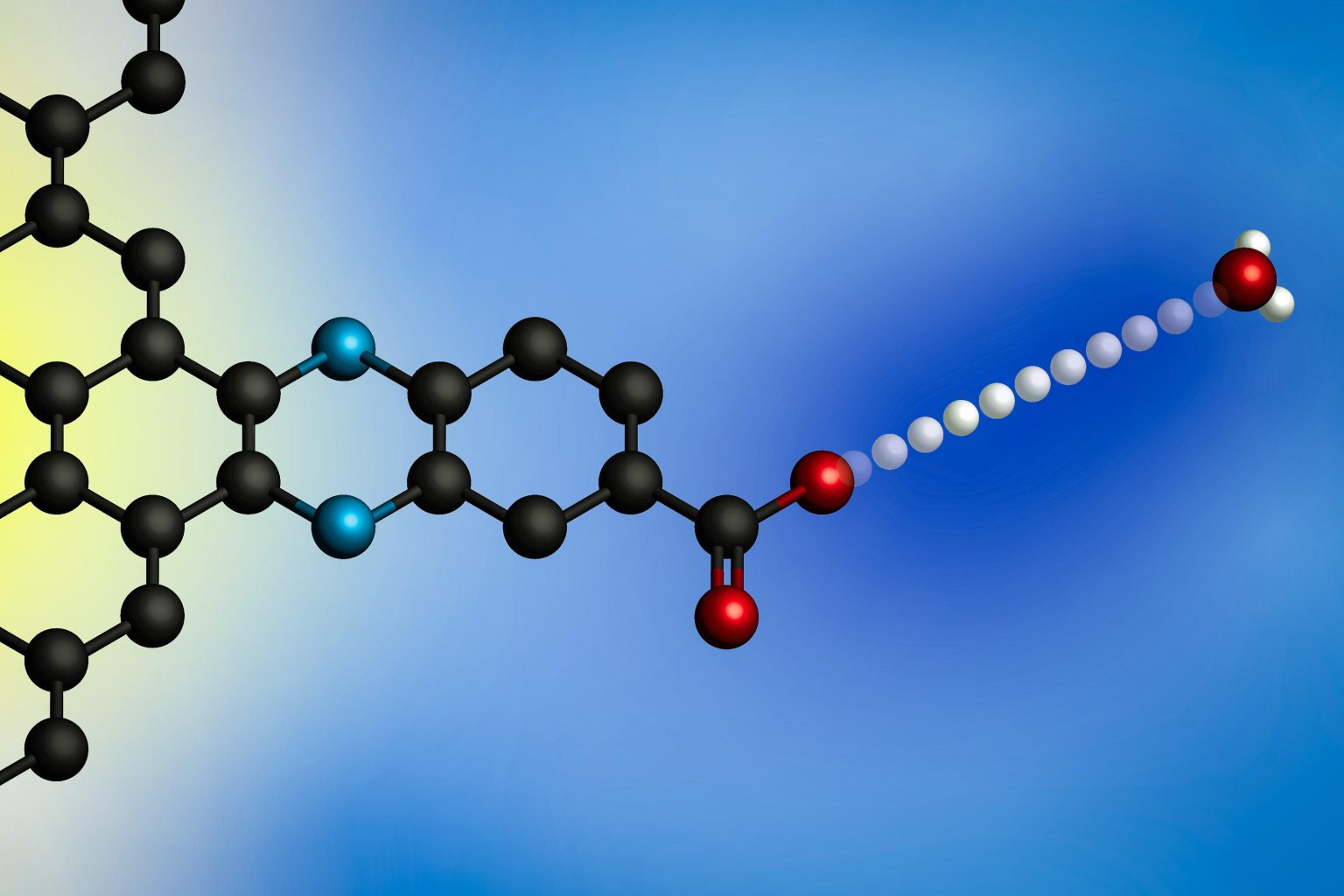"RoboChem is an autonomous benchtop platform for fast, accurate, and around-the-clock chemical synthesis. Credit: University of Amsterdam" (ScitechDaily, RoboChem: Scientists Develop Chemical Synthesis Robot That Outperforms Human Chemists in Speed and Accuracy)
RoboChem is an AI-controlled reaction platform.
RoboChem is the AI-controlled reaction environment. It can be a game-changer in the medical molecule creation and nanotechnology. It's possible. A similar system can operate in miniature space shuttles that operate as zero-gravity platforms.
The AI-controlled chemical platforms can react very fast. The ability to adjust temperature and chemical environment with very high accuracy makes it possible for chemical systems can create new and complicated molecules. The new chemical synthesis robot can offer new and powerful tools for nanotechnology. The same methods that the system uses to make medical molecules can result in the creation of nanomachines.
New medicines also use nanotechnology. There is some kind of protein or enzyme. That makes the transportation system in the body carry those medicines precisely into the wanted cells.
In medical molecule production, the molecule's functional group is neutralized when a molecule travels in the blood vessels. When that molecule reaches the right cells the cells' enzyme or ion pump cuts the molecule from the right point. That thing activates the functional group in that molecule.
The new chemical manufacturing robot can control the environment and reaction participants with new accuracy. And that thing is important in nanotechnology and medicine development. We could say that medicines are single-used nanomachines that are also complicated molecules.
The new data about proton transfer can revolutionize much more than fuel cells and batteries.
If researchers can control the proton transfer they can create the most accurate scanning tunneling microscopes than ever before. If scanning tunneling microscopes can hover protons between the observed particle and the tunneling microscope's stylus.
That gives the system the ability to scan the internal structures of atoms. There is the possibility that the system anchors electrons between the proton and the layer, and that thing gives ultimate accuracy for that measurement tool. That makes it possible to see things like an atom's core internal structures like energy bridges between protons and neutrons.
"Applying an electric potential causes a proton to transfer from a hydronium ion (at right) to an electrode’s surface. Using electrodes with molecularly defined proton binding sites, MIT researchers developed a general model for these interfacial proton-coupled electron transfer reactions. Credit: MIT" (ScitechDaily,Reimagining Fuel Cells and Batteries: MIT Chemists Unveil Proton Transfer Secrets)
MIT unveils the proton transfer secrets.
Effective AI-controlled molecule manufacturing systems require eyes, the observation tools. The MIT unveiled a proton transfer secret that can revolutionize fuel cells and batteries. Those protons can also control the electron flows in the systems.
As I just wrote, those protons can used as tools for pinpointing accurate scanning elements in the scanning tunneling microscope. A proton that hovers between the stylus and the measured object can give subatomic details of the target.
If researchers can adjust the place and number of protons in molecules, they can create electronegative touch points where electrons can travel.
The Protonic scanning tunneling microscopes can find errors from the 2D material layers like graphene. In the wildest visions, there is an electron that hovers between that proton and layer. That thing allows us to see atoms' electron shells and chemical reactions between atoms and molecules.
https://scitechdaily.com/robochem-scientists-develop-chemical-synthesis-robot-that-outperforms-human-chemists-in-speed-and-accuracy/
https://scitechdaily.com/reimagining-fuel-cells-and-batteries-mit-chemists-unveil-proton-transfer-secrets/
https://en.wikipedia.org/wiki/Scanning_tunneling_microscope
https://learningmachines9.wordpress.com/2024/02/09/the-new-robotic-chemistry-platform-with-a-new-observation-tool-can-revolutionize-chemistry/


Comments
Post a Comment